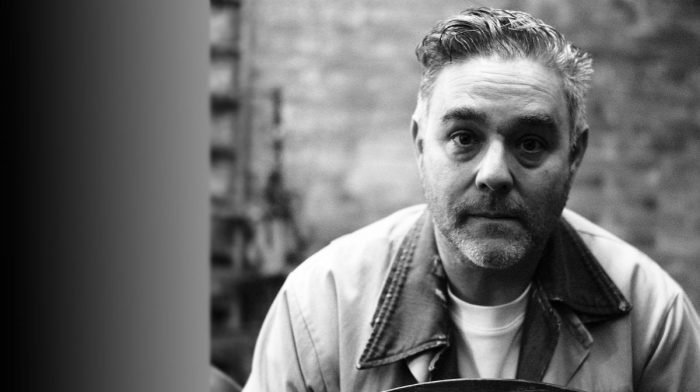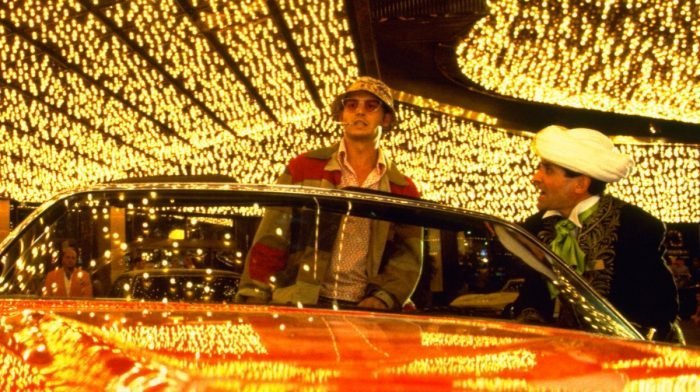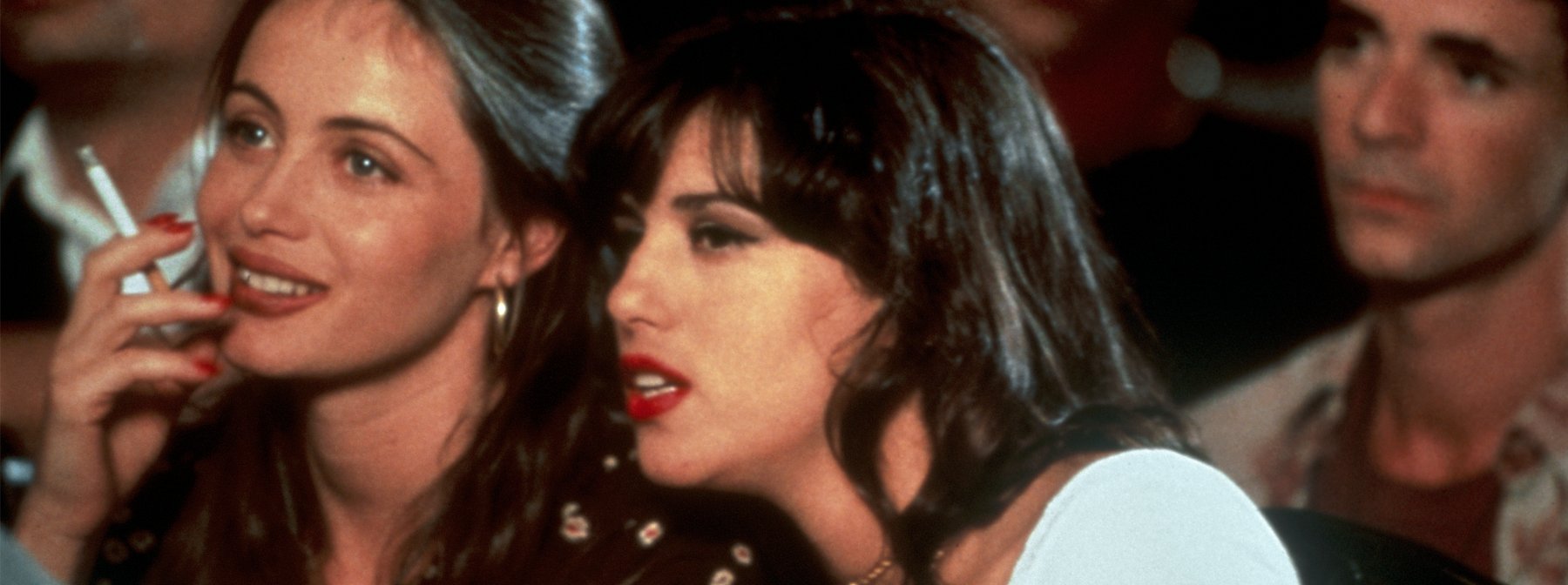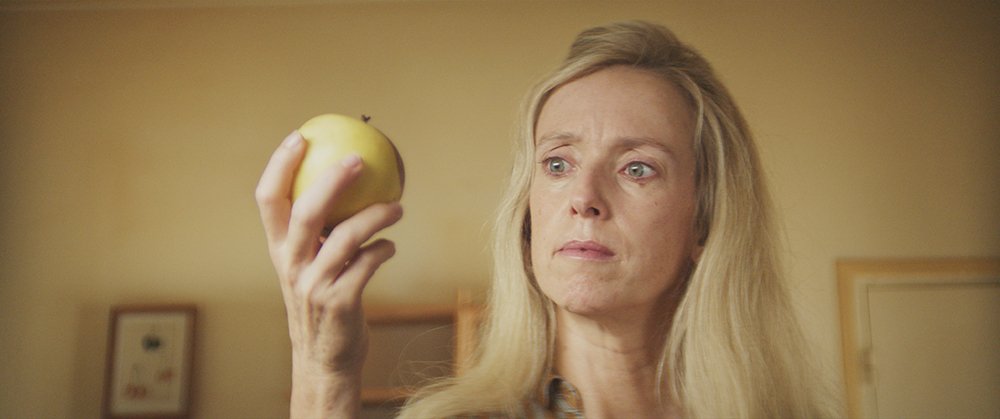On April 11, 1988, at the 60th Academy Awards, Bernardo Bertolucci’s film The Last Emperor pulled off a hugely impressive feat when it scooped up all nine Academy Awards for which it was nominated — including Best Picture.
But as the director revelled in becoming the first Italian filmmaker to win Best Director, and his technical collaborators received their dues via shiny gold statuettes, the night would also mark a titanic moment for an esteemed musician in the ranks. That man was Ryuichi Sakamoto — one of Asia’s great contemporary composers who, that night, became the first Asian person to win the Academy Award for Best Original Score.
After first gaining recognition as a member of one of Japan’s most influential bands of all-time — Kraftwerk-adjacent synth-pop pioneers Yellow Magic Orchestra — Sakamoto would embark on a thriving solo career in the ‘70s and ‘80s in Japan before transitioning to film music in 1983, via Merry Christmas Mr Lawrence. Receiving wide acclaim for his work, including a BAFTA for Best Film Music, Sakamoto became a sought-after composer thereafter — working with filmmakers as diverse as Alejandro González Iñárritu (The Revenant), Pedro Almodóvar (High Heels), Ann Hui (Love After Love) and Luca Guadagnino (The Staggering Girl) in the 40 years since.
With The Last Emperor arriving on 4K UHD and Blu-ray this month via Arrow Video — just weeks after it was announced that Sakamoto would provide the score for Hirokazu Kore-eda’s latest project, Monster — we looked back on some of the superfluous highlights of the Japanese maestro’s film composing career. Check them out below.
The Last Emperor (Bernardo Bertolucci, 1987)
Adapted from the autobiography of the real-life Puyi, who at two years old became the final Emperor of China in 1908, The Last Emperor is one of the great masterpieces by filmmaker Bernardo Bertolucci (The Conformist; Last Tango in Paris). An epic human parable steeped in history, The Last Emperor spans seven decades as the maturing Puyi (John Lone) witnesses the transformation of Qing Dynasty China into a post-socialist nation. It’s a metamorphosis stoked by Japanese warmongers, Soviet invaders, and communist revolutionaries — with abdication, exile and imprisonment marking Puyi’s own journey.
The first of three collaborations between Bertolucci and Sakamoto, The Last Emperor gave the composer a real spectacle to work with. As the first Western feature permitted to film within Beijing’s 600-year-old Forbidden City, The Last Emperor paid dividends with its sumptuous wide shots of the palace’s spectacular architecture and grand courtyards (the work of Apocalypse Now cinematographer Vittorio Storaro). These visuals are matched by the film’s exquisite costuming (James Acheson) and production design — which, over time, moves from Imperial golds and yellows to communist reds and cold prison greys.
But Sakamoto’s score, alongside compositions from Talking Heads member David Byrne and Chinese composer Cong Su, is the billowing fabric through which the film’s chapters so gracefully flow. A swooning and orchestral medley of lilting strings and traditional Chinese instruments, it infuses the film with a captivating sense of romance, tragedy and adventure — creating a filmic experience that is as much sonic as it is visual.
Merry Christmas Mr. Lawrence (Nagisa Ōshima, 1983)
Sakamoto’s cinematic breakthrough came in 1983 with the release of cult World War Two drama Merry Christmas Mr Lawrence — a film set on Japanese-occupied Java, concerning Allied POWs and their harsh and uncompromising custodians.
Sakamoto starred in the film as a prison camp commander, though the role was initially intended for Kenji Sawada of The Tigers (later of Paul Schrader’s Mishima and Takashi Miike’s The Happiness of the Katakuris). Sawada was unavailable due to scheduling conflicts — but he did offer an important suggestion to director Nagisa Ōshima regarding the casting of the Western lead. The role of detained Major Jack Celiers, then, would be played by David Bowie — in what is widely considered his best screen performance.
The two icons of Eastern and Western pop music would provide much of the captivating drama on-screen, as the homosexual undertones of their on-screen relationship accentuated the dramatic intensity. Even more evocative, though, was Sakamoto’s insatiable music — which fused Eastern exoticism with cosmic and nostalgic synthesisers. The score, which includes an unforgettable title theme, won a BAFTA in 1984.
Gohatto (Nagisa Ōshima, 1999)
Sakamoto would reunite with Ōshima in 1999, for what would be the director’s much-overlooked final feature. A Cannes Palme d’Or nominee that year, Gohatto (Taboo in English) is the story of a 19th century samurai group who recruit a young, effeminate swordsman; the boy quickly becomes the subject of much intrigue and fascination as widespread homosexuality is revealed among their ranks.
Among those harbouring complicated emotions towards the young Kano (Blue Spring’s Ryuhei Matsuda — magnetic on his cinematic debut) are a Vice-Commander played by Takeshi Kitano (Battle Royale) and a warrior played by Tadanobu Asano (Ichi the Killer). Jealousy and rivalry eventually lead to conflict and violence among the samurai, as parties vie for the boy’s attention.
Kurosawa-esque screen wipes and dreamlike storytelling contribute to a fascinating and lucid viewing experience in Gohatto, a film that fetishises ornate temples, stone gardens and samurai barracks as much as it does Kano’s eyes, lips and mouth. Sakamoto’s twinkling pianos, stirring strings and ticking clocks, meanwhile, provide an almost Hitchockian atmosphere, steeped in mystery and unease.
Tony Takitani (Jun Ichikawa, 2004)
This minimalist, arthouse adaption of a short story by Haruki Murakami — the internationally-renowned writer whose works inspired Lee Chang-dong’s Burning and Ryusuke Hamaguchi’s Drive My Car — won director Jun Ichikawa two awards at the Locarno Film Festival in 2004. It’s also the home of one of Sakamoto’s most resonant scores — the constant presence of which almost makes the film feel like a piano recital.
Tony Takitani is the story of the titular artist — played captivatingly by baritone-voiced veteran Issey Ogata (star of Edward Yang’s Yi Yi, and Arthur Harari’s Onoda: 10,000 Nights in the Jungle). He’s the son of a jazz musician who was imprisoned after upending to Shanghai during World War Two, and just as his father was left isolated after the execution of his friends, 37-year-old Tony is plagued to live a lonely life following the collapse of a perfect marriage.
Floating camerawork casts a dreamlike quality over the film, and the piano chimes and reverberations on tracks like ‘DNA’ are transcendent — with the latter ranking among the most gentle and melancholy of Sakamoto’s works in cinema.
Snake Eyes (Brian de Palma, 1998)
At the Atlantic City Arena, ostentatious detective Rick Santoro (a vintage, wildly gesticulating Nicolas Cage) attends an electric boxing match that ends in chaos — with an unexpected knockout and a sniper shooting. Alerted to a strange correlation between the two incidents, Santoro soon finds himself wrapped up in a conspiracy involving terrorists, high-ranking US military personnel and an elusive femme fatale.
This vastly underrated de Palma flick, the first of several critical and commercial disappointments following the success of Mission: Impossible in 1996, opens in extravagant style — with a 15-minute seemingly unbroken tracking shot that traverses multiple levels of the heaving boxing stadium. De Palma’s impressive visual knack is everywhere thereon, with whip pans, split-screen, POV shots and operatic camerawork all adding to the delirium in a narrative that harks back to Hitchcock, classic noir and even Kurosawa’s Rashomon.
Sakamoto’s dynamic score only augments the film’s rich atmosphere. Mysterious new age synths, jazzy cymbal rushes and skittish piano arps amount to a panoply of musical flair, while Bernard Hermann-esque strings swoon like a great tower on the verge of collapsing in the wind. No wonder, then, that de Palma called on Sakamoto again in 2002 for Femme Fatale — another underrated visual symphony from the masters.








